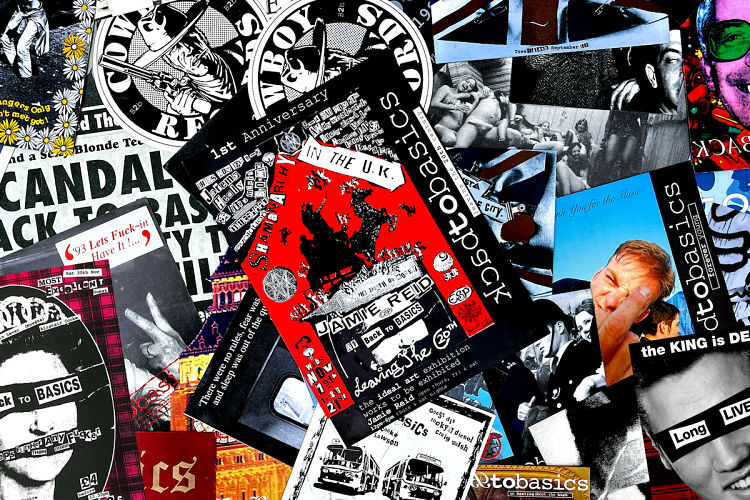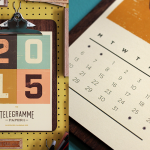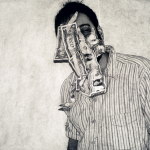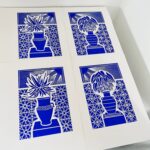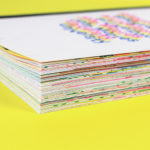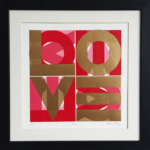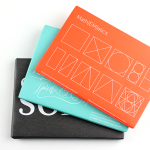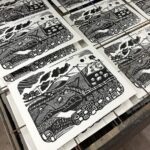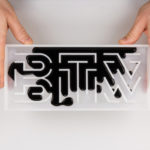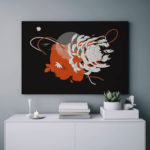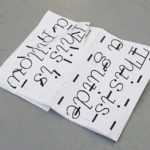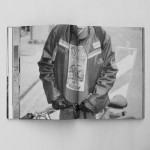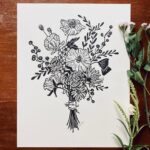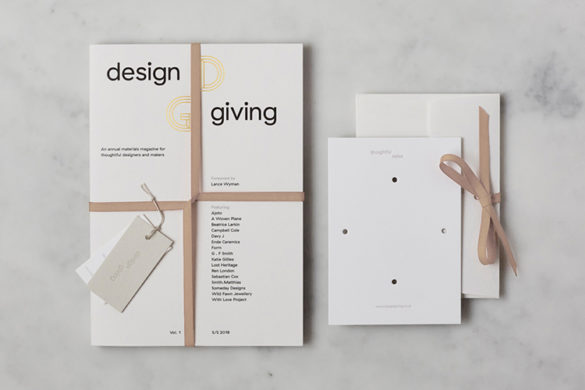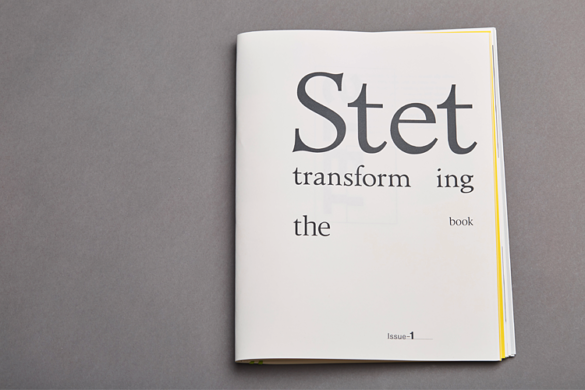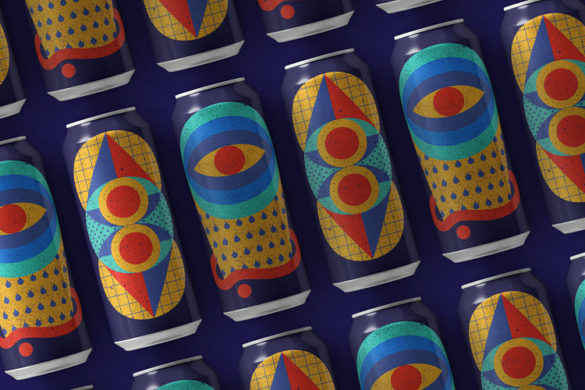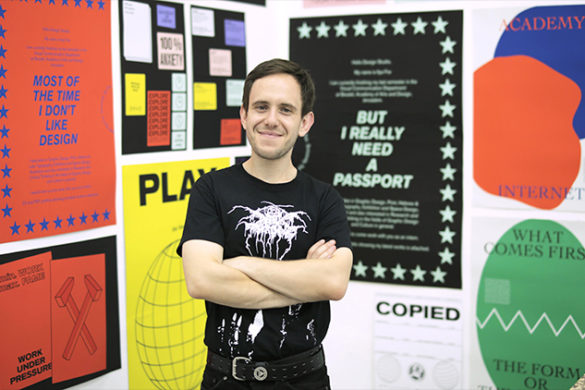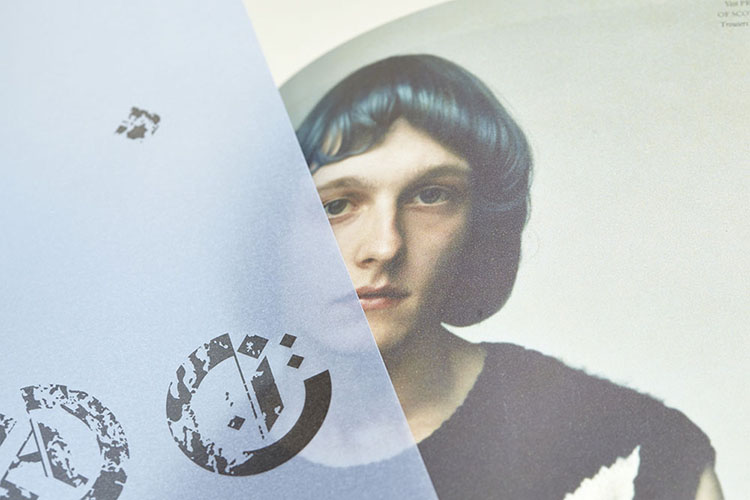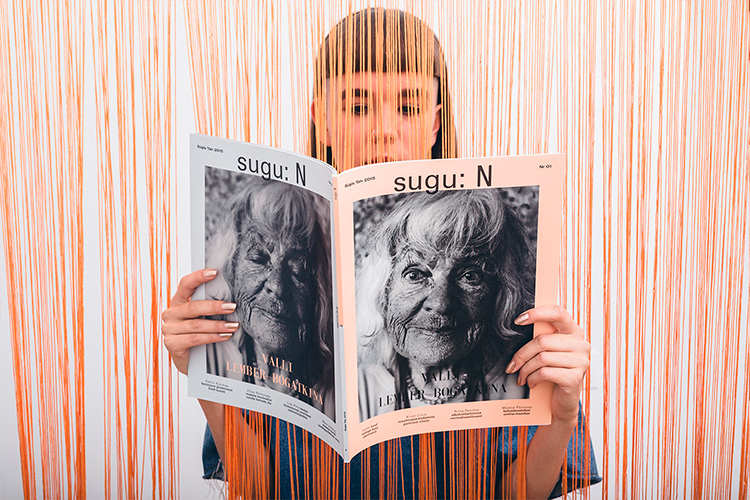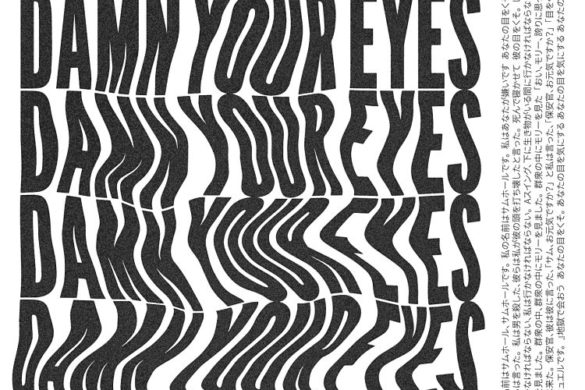Like many people, there came a time in Ben Greengrass’ career where he felt a little disillusioned: at best, he really fancied a change, at worst, he was concerned that the branding and packaging work he’d been doing for the likes of Umbro, Unilever and Heineken maybe didn’t matter too much. By this point, he’d been in New York for a good few years, a city that was a pretty drastic change from Leeds in Northern England where he’d been for years prior.
Now armed with a green card and the sense that socially conscious design was the way to go, he joined ThoughtMatter as creative director and hasn’t really looked back. The agency largely works with social organisations, arts institutions and neighbourhood improvement initiatives; outside of commissioned work, it undertakes what it terms “in between” projects—activist design work that looks to have a direct impact on people and communities. This sort of approach harks back to Greengrass’s early interests as a student: one of his key reference points is godfather of the punk aesthetic, Jamie Reid, who’s work even today is socially minded and disintcitly activist in scope.
Here, Greengrass has a chat with us about what punk means to him, being a D&AD Shift Mentor and more.
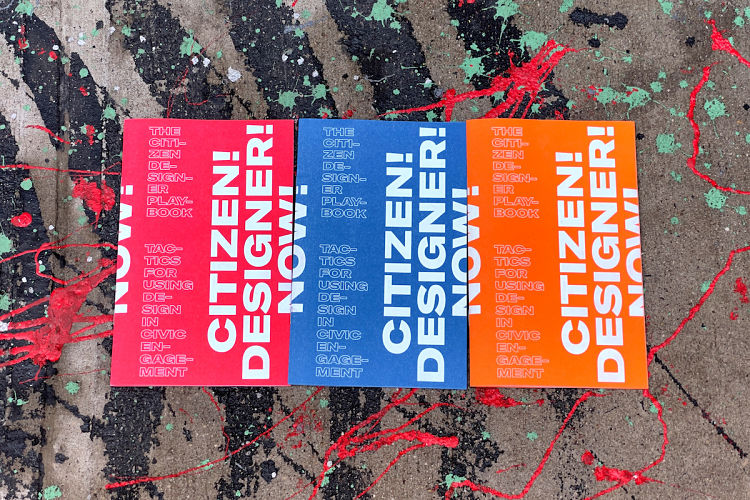
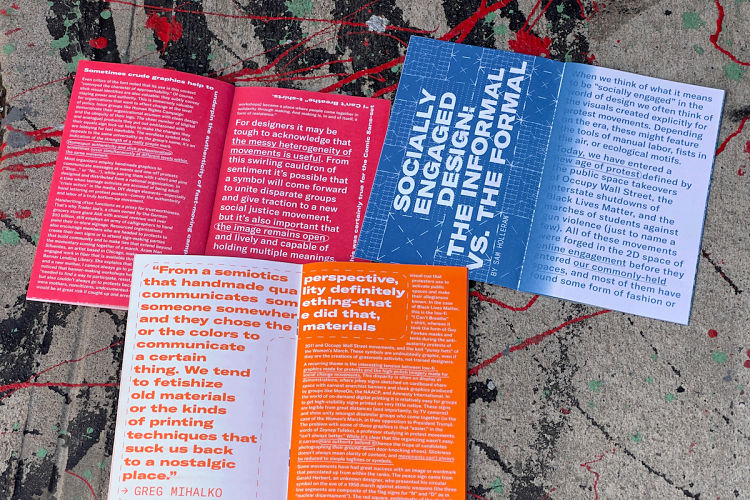 What does punk mean to you?
What does punk mean to you?
I missed it marginally, as I left school in ’87. At that point when I was leaving school and trying to decide what I was going to do, I was given a book called Up They Rise, which showed the works of Jamie Reid. I was actually on a ceramics course; I wasn’t really aware of what graphic design was. I loved Jamie Reid’s style—obviously all this work for the Sex Pistols, this kind of tear it up, fucked up and photocopied style.
I remember at art school they had a thing called a grant enlarger, which is basically used to copy a drawing, and another machine called PMT camera, which is like a photographic machine where you can copy things and duplicate things—fuck it up and do it all again. I spent more time messing about in the graphics department than I did in the ceramics department, so my whole portfolio coming out of art school was graphic design, in that kind of style.
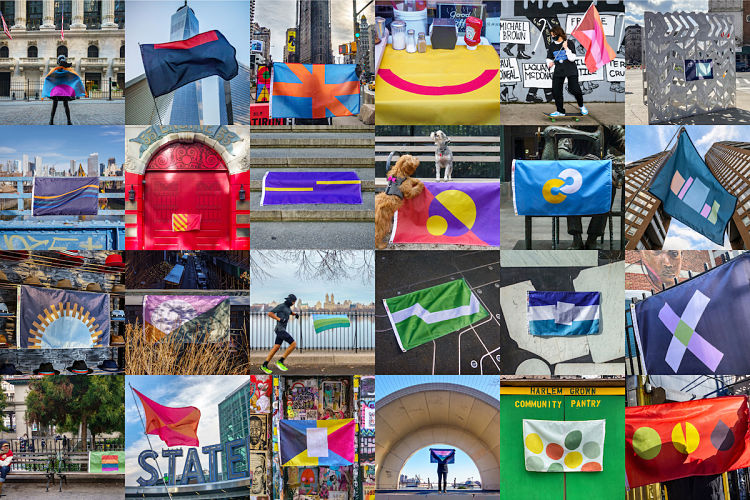 What were some of your early designs after art school?
What were some of your early designs after art school?
After art school I moved up to Yorkshire, and I used to go over to Leeds a lot. This was during early 90s rave culture, and there was a club called Back to Basics in Leeds—having a membership was one of the most coveted things you could get. They had adopted the sort of punk style in all the graphics, and that was kind of fuel in the fire for me. I started designing flyers and mixtapes for people with these kinds of graphics. I designed a Back to Basics poster in a punk style, and sent it to [Back to Basics founder] Dave Beer, and he gave me free membership. I was seeing the power of design—that little moment in my life where I managed to get exactly what I wanted from designing something.
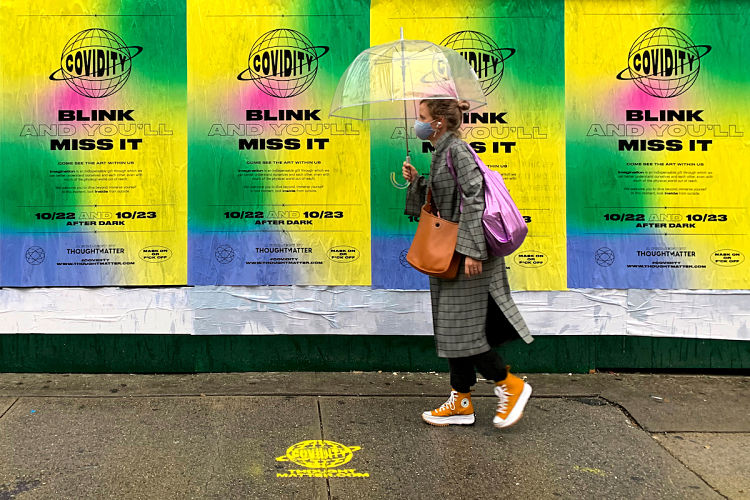 So when you say “punk style”, break down exactly what you mean by that…
So when you say “punk style”, break down exactly what you mean by that…
The iconic look of [Sex Pistols record sleeves] Never Mind The Bollocks Here’s the Sex Pistols, or Pretty Vacant, those things that Jamie Reid were doing—that quite aggressive, ransom note thing. It smashed things together: everything looks degraded and re-copied and deliberately created to look worse, which is probably the antithesis of what you end up doing as a designer these days.
That’s interesting, why do you say that?
We put a lot of emphasis on the craft of the design and the detail you put into things, which is the opposite of the punk aesthetic, which was that if it’s too perfect, that’s a problem.
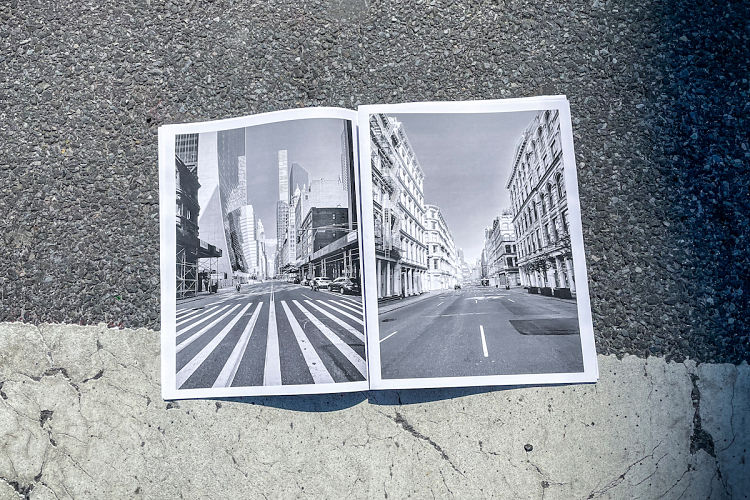
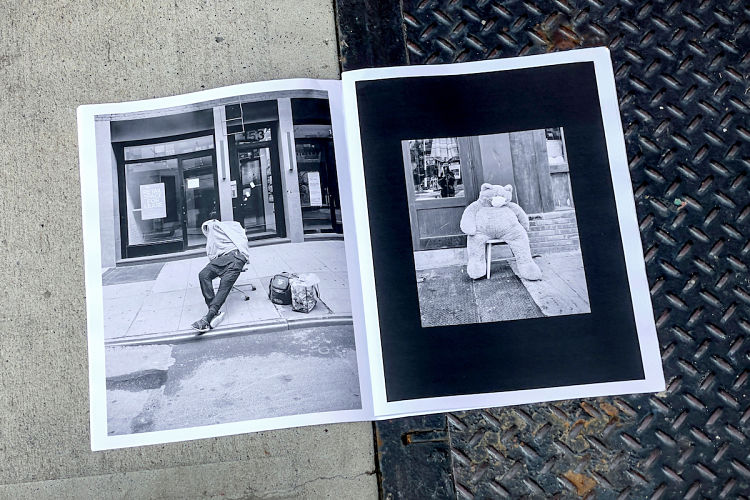
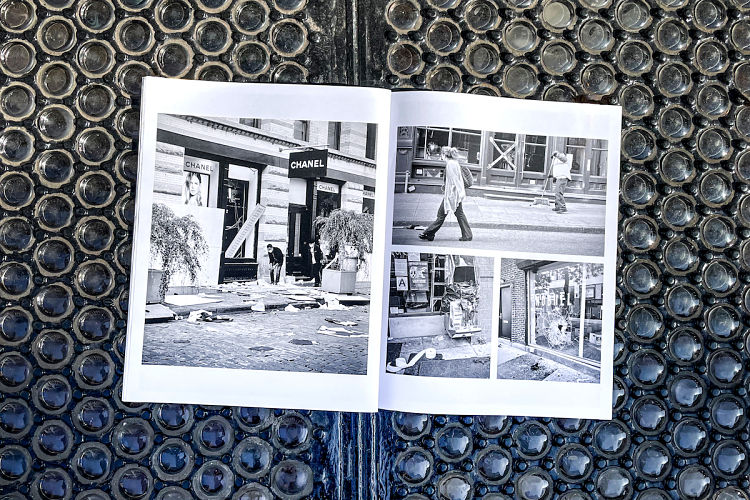 I don’t know, I feel like I’ve been seeing a lot of projects going for that sort of degraded look, or celebrating accidents.
I don’t know, I feel like I’ve been seeing a lot of projects going for that sort of degraded look, or celebrating accidents.
I feel like there was definitely a period where it was about craft or perfection, but maybe now, especially since the pandemic, [a backlash] has been amplified. The punk movement at the time was all about how fucked up the world was and how you rebel against it—this idea of creativity and chaos, which is really what the punk aesthetic was all about. I feel like in the pandemic, there’s been a lot of creativity happening that’s very hands on, very “let’s just do something.”
I wonder if it’s pandemic or if it’s just general unrest, since things like Trump’s election, Brexit, and everything else… some aspect of creativity is always born of unrest, isn’t it?
Exactly. The pandemic was probably like the fireworks that set a lot of things off.
Does the word “punk” mean anything else to you, other than an aesthetic?
I love punk music, but I got into it later in life because when I was starting out, I was more into dance music, electronic music. It was more about the aesthetic and the attitude.
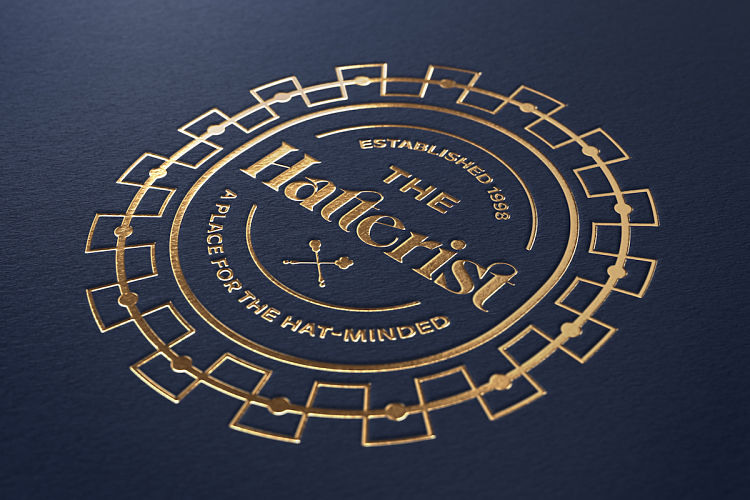 How can a designer be “punk” and still pay their bills?
How can a designer be “punk” and still pay their bills?
This is a funny one, so I’ll just try and talk from experience. I went for a long time without really worrying about the impact of my work; as long as I felt like it was a cool project, I’d work on it. I think today, a lot more designers are coming out of design school who really care about the impact that their work is having. I don’t know whether that’s a generational thing, but a lot of new designers really want to discover what impact their work can have out of the gate, which I think is a very noble notion. I feel like a bit of experience does give you the ability to be a little bit kind of punk rock in the way you do things.
No, that definitely makes sense, and it feeds into this next question, which is, can capitalism and equity truly coexist?
It’s a very difficult balancing act. Because as a business, at ThoughtMatter we love to do passion projects—we call it “in-between” projects. We have this philosophy that you need to do the work you want to do to get the work you want to do.
There’s always this balancing act between starting a company that wants to design to make an impact, but then also getting clients in and working for brands and making money—to keep the lights on you’ve got to make the money. We use a very loose filter [to choose projects]: “is it work worth doing”, which is what we always ask ourselves when we have a new opportunity or a new client. It isn’t always the sexiest work, but you need that balance. You need that kind of solid work to keep everything together: it’s doable, but it’s a hard balance.
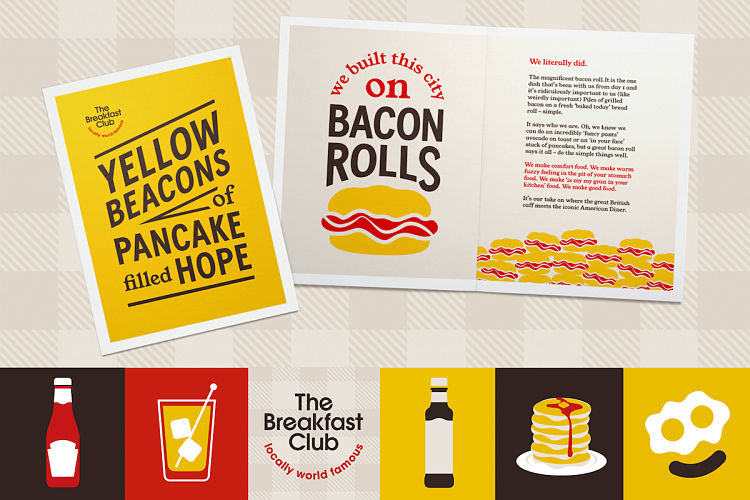 Can you talk us through one of your “in-between” projects?
Can you talk us through one of your “in-between” projects?
The ultimate one was the redesign of the Constitution. We did a spin off of that project, which was a ten-part docuseries with creatives around the Constitution. It started in January 2020, and we did it all leading up to the election. Obviously, the pandemic changed the course of that project, but we still managed to get eight of these videos out.
With projects like that, we can come out the other side and talk to some of the bigger brands and say ‘What are you guys doing in the community social space? How can we help?’ We can show them what we’ve done, and show brands that we can help them find ways to be more socially conscious. It’s not hard for them to do the right thing, but at the moment it’s more of a minefield than ever—they get picked up on when they’re not doing the right things, or for the right reasons.
Can you talk a little about the work you’re doing as a mentor in D&AD Shift?
I was paired with a guy who really wants to get into the agency world, so that connection worked because my background has been so entrenched in that. You mentor one on one, catching up once a week, setting goals. We broke it down to three things to do in order to amplify his voice in design, and to give him a full perspective across the whole of the agency. I set up interviews with all the people in the agency so he could understand what it was all about. He was big into 3D design and illustration so he was then paired with an experiential designer at ThoughtMatter who’s all about 3D software, and also we paired him with a strategist and he did all these live sessions to learn about the different parts of the agency. He proved to be a real force, and we felt like we had to bring him in, so now he’s interning with us for the next 12 weeks.
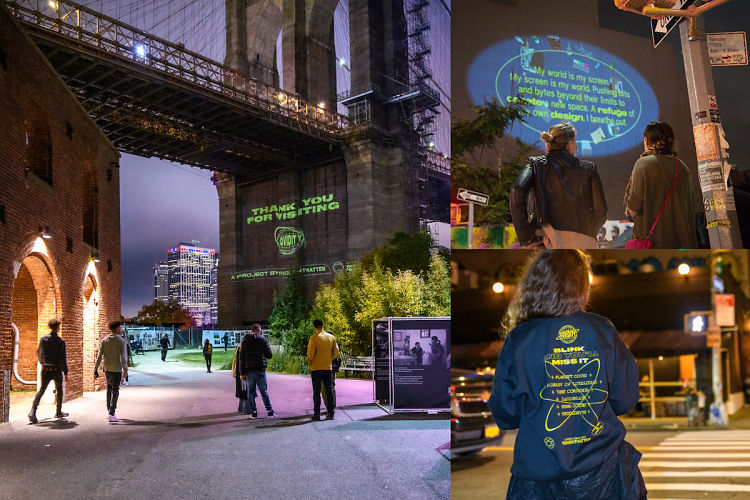 I do feel like there’s much more of a camaraderie between people in the same industry today for those in, say, their early 20s—they see other people or agencies less as competition, and more as peers, or at least it seems that way.
I do feel like there’s much more of a camaraderie between people in the same industry today for those in, say, their early 20s—they see other people or agencies less as competition, and more as peers, or at least it seems that way.
I think you’re right. I see a lot of our designers at ThoughtMatter posting positions for their community—which is maybe a byproduct of the hyperactive social world, but back in the day, we’d never see opportunities posted or other agencies promoted, you’d focus on your own company. It’s really interesting. Nowadays, I think designers love good work, regardless where it’s coming from, and they might see a project by one of those “competitor” companies and put it on their social because they love it so much.
You might like...
- Autobahn - November 26, 2021
- Alphabetical - November 12, 2021
- SOFA Universe - November 8, 2021

